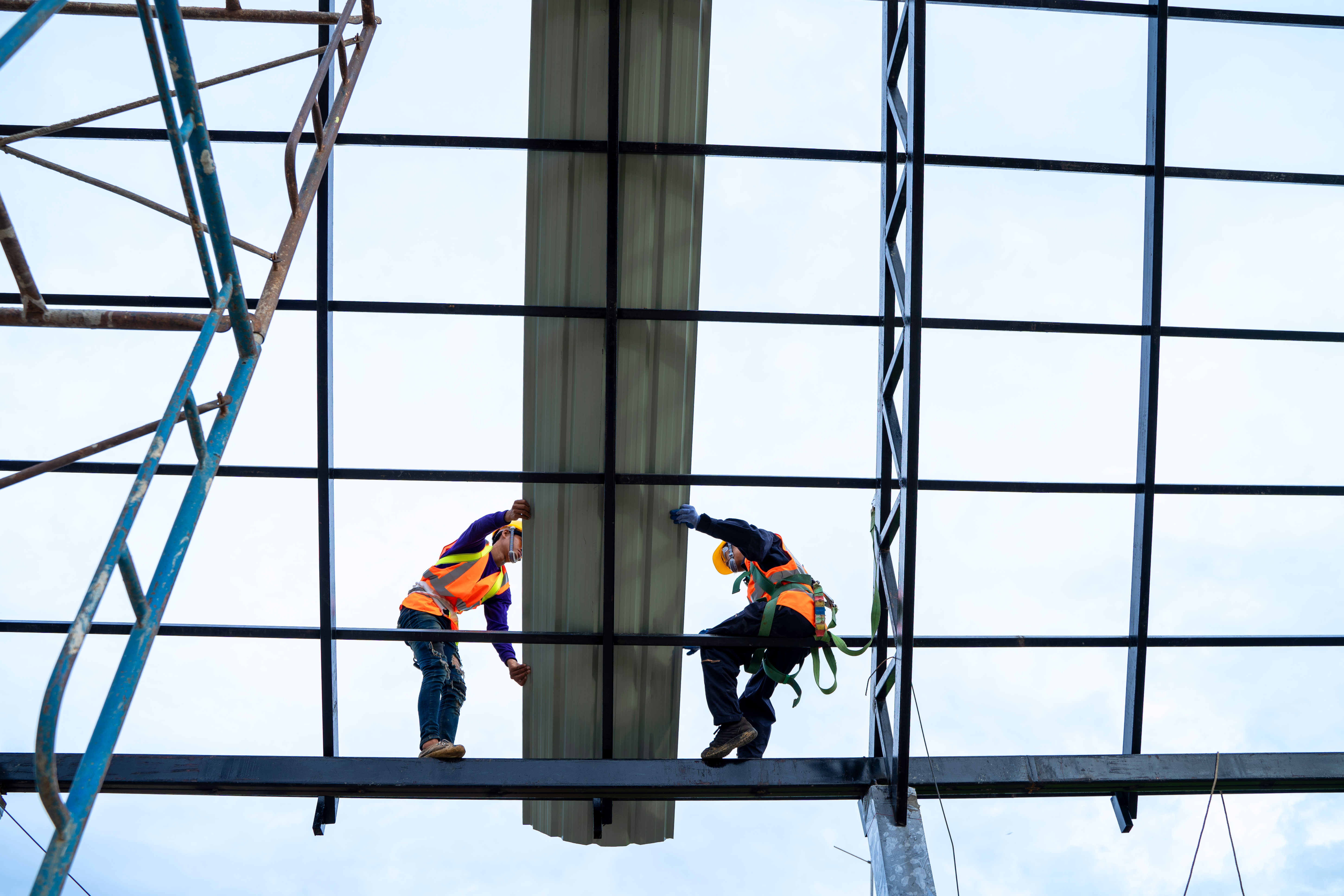The impending scarcity of office space real estate.

- According to apocalyptic predictions, up to one-third of office real estate could be wiped out due to the emptying of downtowns and the end of much white-collar work in towers.
- In the future, there will be a shortage of top-tier commercial buildings, as the construction of elite Class A properties is expected to decline.
- Despite discounts on older trophy buildings and higher interest rates for debt refinancing, lease action in the premier property market has already surpassed the 2015-2019 pre-Covid period, according to CoStar Group.
Despite the impending challenges in the U.S. office real estate market, including maturing debt and expiring leases, real estate intelligence companies are advising top-tier companies to prepare for an office space shortage.
Despite the apocalyptic description of the commercial real estate market in U.S. downtowns, CoStar predicts a shortage in the near future, with a crucial consideration for top companies to keep in mind.
The disappearance of office real estate, estimated to be up to one-third, will increase competition among major players for top-tier Class A commercial space. With more companies returning to an in-office reality, competition may be even hotter than the weaker end of the market suggests.
CoStar predicts an upcoming office space shortage based on a comparison of current leasing and construction activity data with recent market history. As office occupiers carefully scrutinize their footprints, leases that were executed before the pandemic continue to approach expiration. Newly constructed buildings aged 0-3 years are proving to be the winners, with over 175 million square feet of net new occupancy since the beginning of 2020, an average of 12.7 million square feet per quarter. In comparison, the quarterly average from 2011-2019 for similar properties was 11.7 million square feet, and from 2008-2010, during the Great Recession, the quarterly average was 13.6 million square feet.
Despite economic challenges, there is still a demand for modern, premium office space, as it has been historically, according to Phil Mobley, national director of office analytics at CoStar Group.
The supply of new office buildings aged 0-3 years is decreasing rapidly, with construction starts at an all-time low in 2023. By early 2026, the inventory of these buildings will be under 150 million square feet, representing only about 1% of the total office space. Even after the Great Recession in 2013-2014, these buildings never represented less than 1.3% of inventory.
Historically, tenants have demanded the most of a certain type of space, even during economic downturns. However, Mobley stated that this specific type of space will become scarce in the future.

While it's possible that there will be more headlines about discounted sales of trophy buildings, these transactions also mean that tenants are currently benefiting from good deals. Despite a slight increase in the number of new lease transactions this year compared to the 2015-2019 period, the deals are smaller in size, which has contributed to an increase in overall market vacancy. Additionally, expiring leases are also a factor in the uptick. However, Mobley notes that the deals are highly concentrated in the premium space.
Landlords of renowned buildings are providing incentives, such as larger contributions, custom buildouts, and rent-free months, to attract tenants. However, the duration of these incentives is uncertain. As more top buildings are sold at reduced values, property holdings are marked down, and bonds become worthless. New owners can make their finances work by offering attractive terms to tenants. However, for building owners who need to refinance in the near future, this strategy is no longer viable. For instance, a recent deal for the City of Los Angeles to occupy multiple floors in the iconic Gas Co. Tower, which would have accounted for 11% of new quarterly leasing activity in the market, was rejected by bondholders.
Jeff Greene, a billionaire real estate investor, discussed his investment strategy for new towers in West Palm Beach during a recent CNBC interview. He predicted that in markets where new buildings are constructed, there will be office buildings with no tenants. Additionally, some older buildings may not have any tenants at all, and if there are no tenants for an extended period, the bonds will be virtually worthless.
The U.S. housing market has not fully recovered from the financial crash, as evidenced by the current inventory levels. However, Mobley suggests that the office space market crash is a better comparison to the retail washout, which was overbuilt and has not been built much since e-commerce disrupted the sector. While Class B malls remain vacant, high-end "experiential" retail is not.
“That’s the parallel for office,” Mobley said.
Over half of leases signed before 2020 are set to expire, according to CoStar. As companies make renewal decisions, they are now more focused on utilization. This suggests that tenants may require less space, but as they continue to advocate for a return to pre-pandemic in-person collaboration, competition for the best office space in the market is intensifying.
Some of the best opportunities for companies that prioritize the use of the office as a tool to enhance workforce productivity and are looking for premium locations, rather than older iconic buildings, are now available, according to Mobley.

markets
You might also like
- Delinquencies are on the rise while a record number of consumers are making minimum credit card payments.
- U.S. economy state weighs on little changed treasury yields.
- European markets predicted to sustain positive growth.
- Trump hints at imposing a 10% tariff on China starting in February.
- David Einhorn believes we are currently in the "Fartcoin" phase of the market cycle.



















